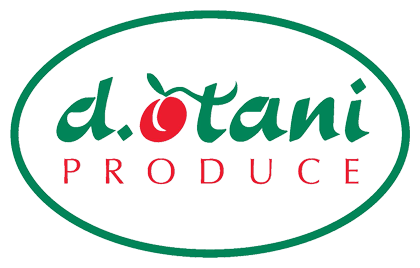![]() A handful of the nation’s top produce managers agreed that in-store sampling is one of the best ways to increase sales in the produce department, especially when dealing with a newer item.
A handful of the nation’s top produce managers agreed that in-store sampling is one of the best ways to increase sales in the produce department, especially when dealing with a newer item.
Five produce managers, each of whom is being honored this week by the United Fresh Produce Association, continually touted the value of sampling when discussing several different merchandising techniques during a “Retail Insights” webinar on Tuesday, June 16 as part of the United Fresh 2020 LIVE virtual convention.
The five managers -- Michael Foint of Big Y Foods Inc. in Amherst, MA, Steve Kaluahine of Gelson's Market in Rancho Mission Viejo, CA, Paul Rosen of Good Foods Store in Missoula, MT, Clay Williams of Harps Food Stores in Fayetteville, AK, and Ronnie Minteer of Hy-Vee Inc. in Springfield, IL -- will be feted later in the week as part of United Fresh’s 2020 Retail Produce Manager Awards program. In its 16th year, the program recognizes the important work done by produce managers. At the awards program later in the week, five grand prize winners will be selected to receive a $1,000 cash prize.
During the webinar, moderator Lisa Overman, director of brand marketing at Dole Food Company, explored some of the keys to increasing produce sales in different categories, including convenience and fresh-cut products, as well as new items. The five produce managers offered many suggestions, but the idea of sampling continued to surface as a common thread.
When asked to name the three most important steps for long-term success for a produce item, Kaluahine of Gelson’s quickly named starting with a good product, sampling it and identifying it with good signage. The other four retailers agreed noting those were the top three keys. Williams of Harps Food added that offering the item at a good price also is an important part of any success story. Hy-Vee’s Minteer gave a recent example, noting that the proprietary Sugar Bomb tomato did very well in his store, largely because of a great sampling program. He added that you also have to keep a well-stocked display to make sure the product is there the next time the shopper comes to the store.
Ironically, each of the five produce managers noted that sampling has been on the sidelines during the novel coronavirus epidemic, as it increases interactions in a time when contacts are trying to be reduced. “You can’t sample with a mask on,” quipped Rosen of Good Foods.
During the hour-long webinar, other merchandising themes that were explored included cross-merchandising, attractive pricing and big displays. Foint of Big Y Foods said that freshly prepared platters of produce is doing very well in his store with cross-merchandising in other departments a key to increasing those sales. Williams agreed, noting that ice bins are an excellent way to display those platters and wheel them over to other departments. He said pre-cut items are easy to set up in the bins and cross-merchandise them in the meat department, for example, giving consumers ready-cut-vegetable to add for fajitas or tacos. Williams also said that if the sales price of an item is “gross friendly,” retailers will push it hard, as they are gross profit oriented.
Discussing the current landscape with the huge role the coronavirus is playing, the produce managers all mentioned the significant increase in on-line and/or curbside-pickup sales. Foint believes those sales will continue long after the pandemic panic subsides. Interestingly, these produce managers have observed that the biggest users of on-line shopping are younger people rather than the more-at-risk senior citizens. Apparently, all the stores have instituted senior citizen shopping in the morning and it’s very popular. Rosen said another COVID-10 change is the significant increase in the basket size. Shoppers are coming in less often and buying a lot more each time.
When asked by Overman to articulate the biggest change these produce managers have witnessed in their careers, the answers were quite varied. Williams pointed to on-line shopping, which is fairly impersonal, while Minteer said the local movement is what sticks out to him, which is on the other end of the spectrum with shoppers wanting a closer connection to their food. Rosen, who works at a store where organic sales represent 95 percent of the business, said it is the increase in organic SKUs over his 23 years in the business that is amazing to him. Foint said the reduction of backroom prep work is the biggest change he has noticed. Kaluahine called out the huge increase in the number of products offered and the quality of those items.
Citrus appears to be one of the big COVID-19 winners with all the produce managers noting an increase in sales of everything citrus-related as consumers are looking for products that they believe offer health benefits. Rosen said garlic and ginger have gotten good sales boosts for the same reason.


